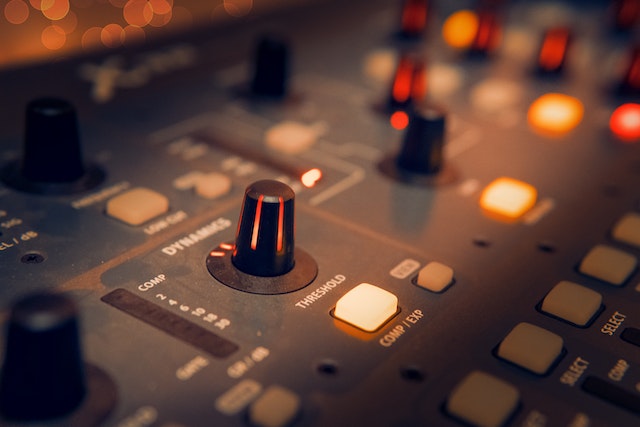
How to Make Your Home Studio Soundproof.
Creating a soundproof home studio is essential for achieving high-quality voice recordings. Soundproofing helps minimize external noises and ensures a clean and professional audio output. Here are steps you can take to make your home studio soundproof:
- Choose the Right Room: Select a room that is isolated from high-traffic areas, external noise sources, and other parts of your home. Ideally, choose a smaller room with fewer windows and minimal hard surfaces.
- Seal Gaps and Cracks: Inspect the room for any gaps or cracks that sound could potentially leak through. Seal these openings using weather stripping, caulking, or acoustic sealant.
- Use Heavy Curtains: Hang heavy, thick curtains over windows to absorb sound and reduce external noise from entering the room. Make sure the curtains cover the entire window area.
- Install Acoustic Panels: Place acoustic panels on the walls and ceiling to absorb and diffuse sound waves. These panels help reduce echoes and reverberations within the room. You can either purchase acoustic panels or make your own using materials like foam or mineral wool.
- Carpet or Rugs: Lay down carpets or rugs on the floor to further absorb sound and prevent footstep noise from traveling through the floor.
- Double-Layer Drywall: For optimal soundproofing, consider installing a double-layer of drywall on the walls and ceiling. This creates an extra barrier against noise transmission.
- Resilient Channels: Install resilient channels on the ceiling or walls before attaching drywall. Resilient channels help minimize direct sound transmission by decoupling the drywall from the structure.
- Mass-Loaded Vinyl (MLV): Use mass-loaded vinyl sheets as an additional sound barrier. MLV can be applied to walls, floors, and ceilings to block sound transmission.
- Door Seals: Install weather stripping and door sweeps around doors to create an airtight seal. Consider using solid-core doors for better sound insulation.
- Ventilation: If your studio requires proper ventilation, use a vent fan with a noise-reducing duct and muffler to minimize external noise.
- Sound Isolation Clips: If you’re constructing a new room or remodeling, consider using sound isolation clips and hat channels to create a floating wall system. This prevents sound vibrations from traveling through the walls.
- Bass Traps: Install bass traps in corners to absorb low-frequency sound waves. These are particularly useful if your recordings involve music or deeper voices.
- Isolation Pads: Place isolation pads under your equipment, such as microphones and monitors, to prevent vibrations from being transmitted through the floor or desk.
- Use Acoustic Caulk: Seal any gaps around electrical outlets, vents, and light fixtures using acoustic caulk to prevent sound leakage.
- Test and Adjust: Once you’ve implemented soundproofing measures, perform test recordings and listen for any remaining echoes or external noises. Make adjustments as needed.
Remember that achieving complete soundproofing may be challenging, but the goal is to create an environment with minimal external noise interference. A well-soundproofed home studio will significantly improve the quality of your voice recordings and help you deliver professional results.



